Meet James Maher | Photographer, Writer, Documentarian
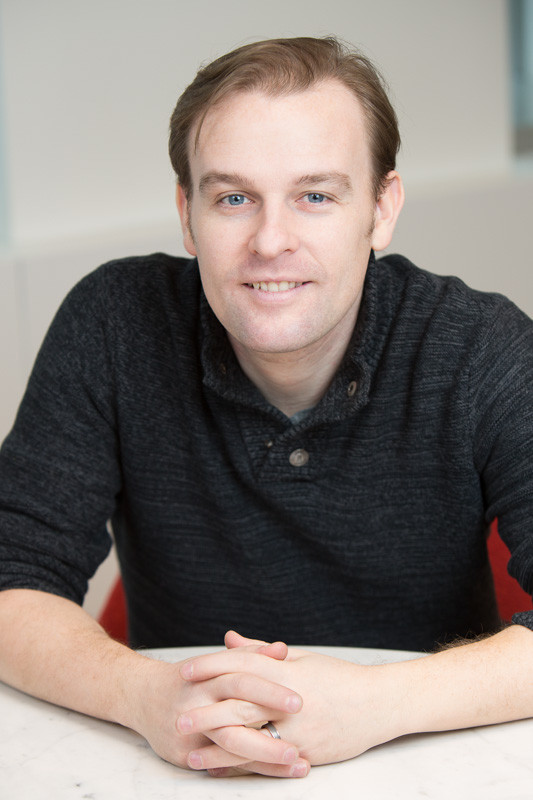

We had the good fortune of connecting with James Maher and we’ve shared our conversation below.
Hi James, we’d love to hear about how you approach risk and risk-taking
I think about risk all the time. It’s a big part of why I built my business this way. Many people think that building a photography business is a risk, and it is, but I saw the traditional route as more of a risk. It certainly would have been more stable early on, but now I own my own thing, I can’t be fired, I can shift it in different directions as I need, we had a child six years ago and I was able to shift my work balance to help out more because my wife’s job is not very flexible. It’s a job with a lot of flexibility.
For me, the main risk is health. I retired from playing basketball at 30, probably 5 years earlier than I normally would have, because I couldn’t afford to get hurt. As I get older, I’m shifting to more writing and things that are less physical, but the physical aspect is one of my favorite parts of the job, so I’m hoping that doesn’t go anywhere. But you have to think about all the risks.
When you’re starting a business, you need to find the avenues of income that are most effective as quickly as possible, but over time it’s important to think about broadening and expanding (for many people, not all). This long term will hopefully create more flexibility. For instance, two main aspects of my business are photography workshops and business events and portraits. I’ve had points where the economy is doing worse and travel lessens and the workshops slow, but the business events and portraits during those periods kept going strong, and vice versus. When you build multiple streams of income, you’ll find that they peak and lull at different times, or at different times of year. Long term this helps to build a balanced work life.

Can you open up a bit about your work and career? We’re big fans and we’d love for our community to learn more about your work.
I’ve always considered myself partly a tour guide and I’ve tried to build my work often around telling the history of parts of New York City, where I’m from. It’s such a massive and photographed and documented city, that I think you need to break it down to tell deeper stories to stand out, and my goal has always been to try to create bodies of work that have some sort of cultural value to the city.
I’ve recently finished a 10-year project called HYPE, photographing a 10-block stretch of the city through SoHo and Tribeca, about 3-4 times a week. This area has become the manifestation of Hype culture during the early social and influencer decade (2013-2023), and the project documents art, fashion, architecture, design, technology, community, and the language of hype, and delves into the collective social and emotional psyche of the moment.
It was a project that I had in my head as I’ve been photographing the last decade there, but in the last six months I finally figured out how to present it, and I’m currently finishing up a Mockup to show around. The challenge has always been in the translation. I’m confident everyone will find it interesting, but I wanted to go further with the education of the area, so I’m integrating aspects of writing and history and such alongside it. How to tell the story, once I figured it out, quickly spiralled like a snowball and it’s been massively fun. It keeps my energy going for my career as a whole.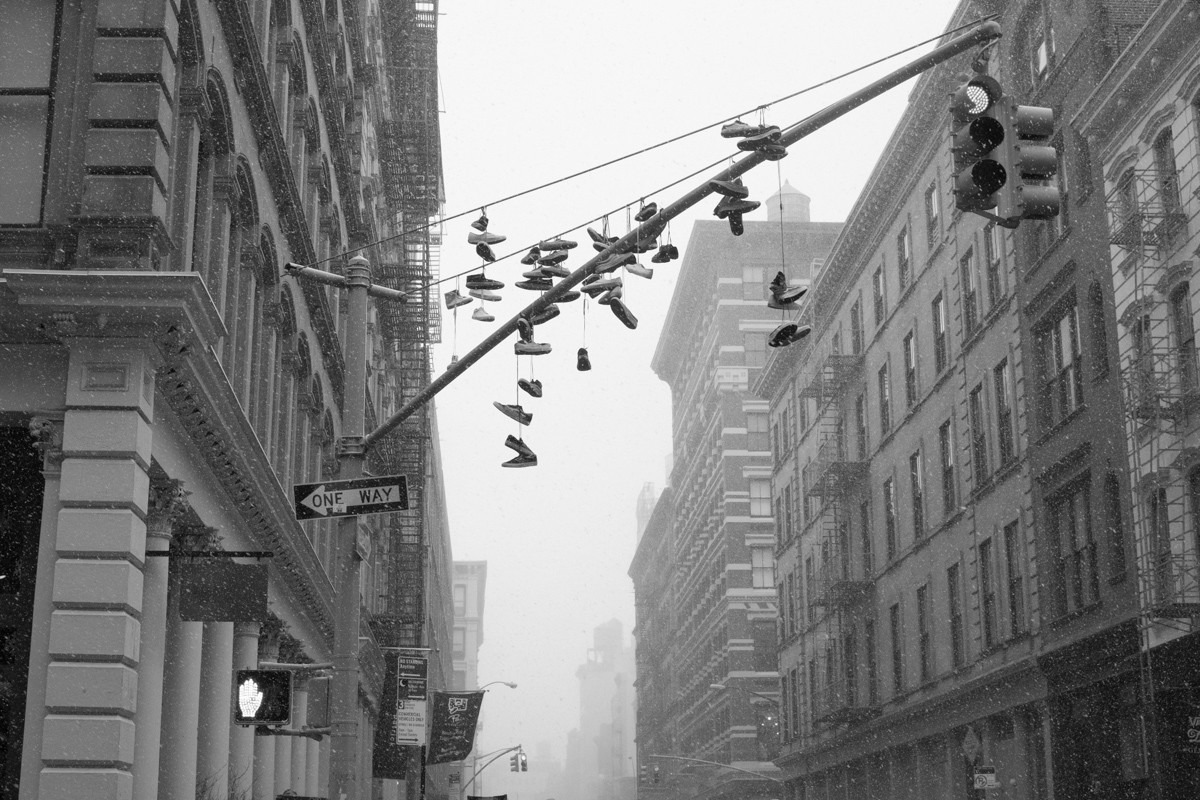

If you had a friend visiting you, what are some of the local spots you’d want to take them around to?
It’s New York City, so let’s break it down and focus on a single part. I suggest photographers and whomever visit the downtown area of the city, SoHo, Chinatown, The Lower East Side, Little Italy, the East Village, and Tribeca. It’s where I tell everyone to stay, to explore, to shop, to eat, to people watch. From there you can explore more, but that is such a good central location.
Shanghai 21 in Chinatown is my favorite restaurant in the city. For pizza I recommend John’s of Bleecker. If you like Sneakers, go to Stadium Goods and Flight Club. For exploring in detail I recommend Greene Street for architecture, Canal Street for people watching and craziness, Cortlandt Alley for exploring and photoshoots, Columbus Park in Chinatown for culture and community, Pell Street for eating and drinking in Chinatown (besides Shanghai 21), and the Lower East Side and the East Village for nightlife.
For museums, the MOMA and ICP are #1 and 2 for me to recommend for photographers.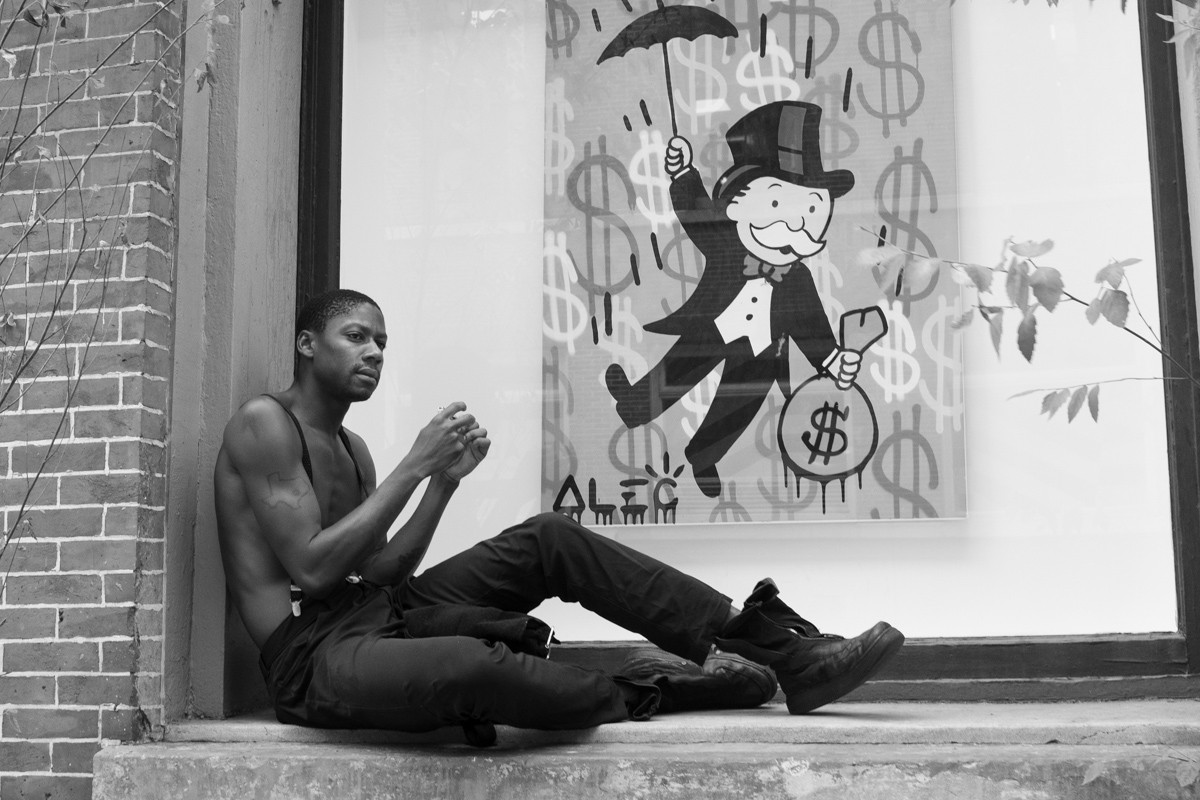
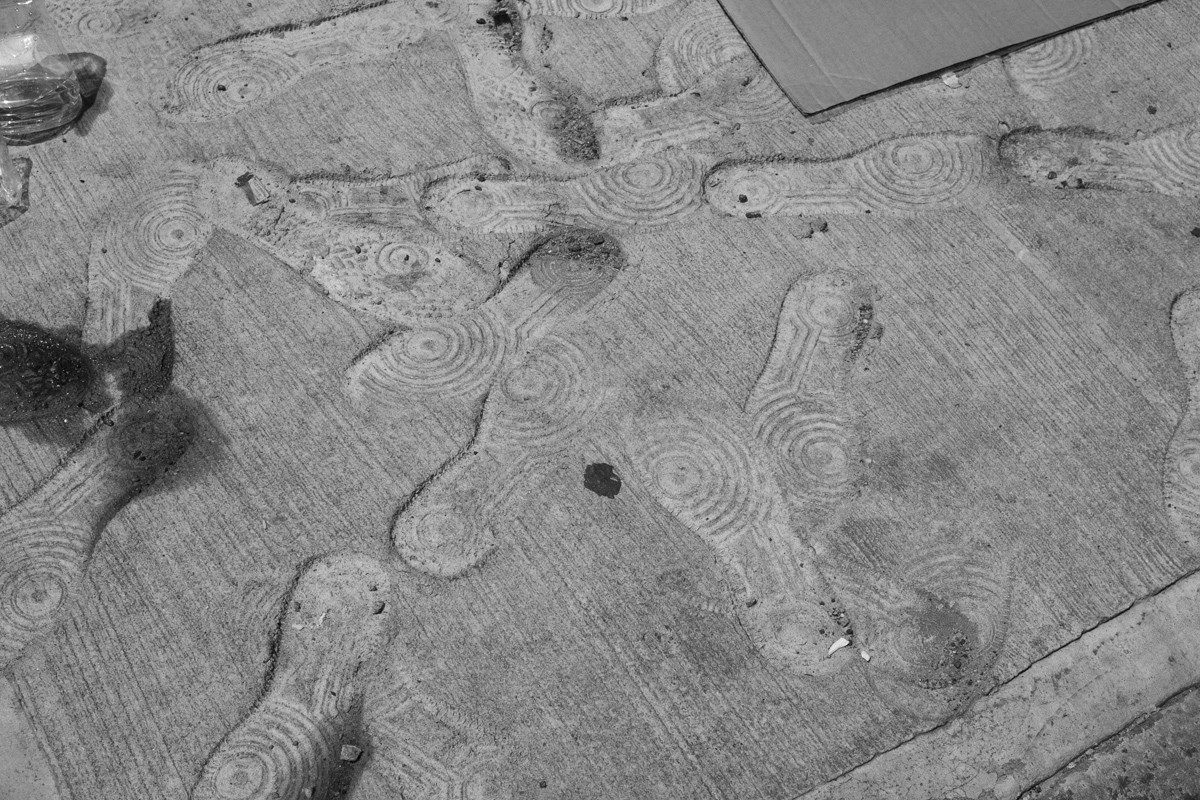
Who else deserves some credit and recognition?
Scott Wyden Kivowitz is a great friend, mentor, and person who I’ve always enjoyed collaborating with. He’s a wonderful photographer but he’s also been able to integrate his life and business within the photography world in so many diverse and fascinating ways, that it always inspires and excites me to see and talk with him about. But while he’s extremely into all aspects of photography, teaching, writing, etc, he’s always been amazing at building community within the photography world. He’s a pillar within a larger photography ecosystem of passionate people, which is a huge reason why I also feel passionate about this genre and art form. Much of it is about the people.
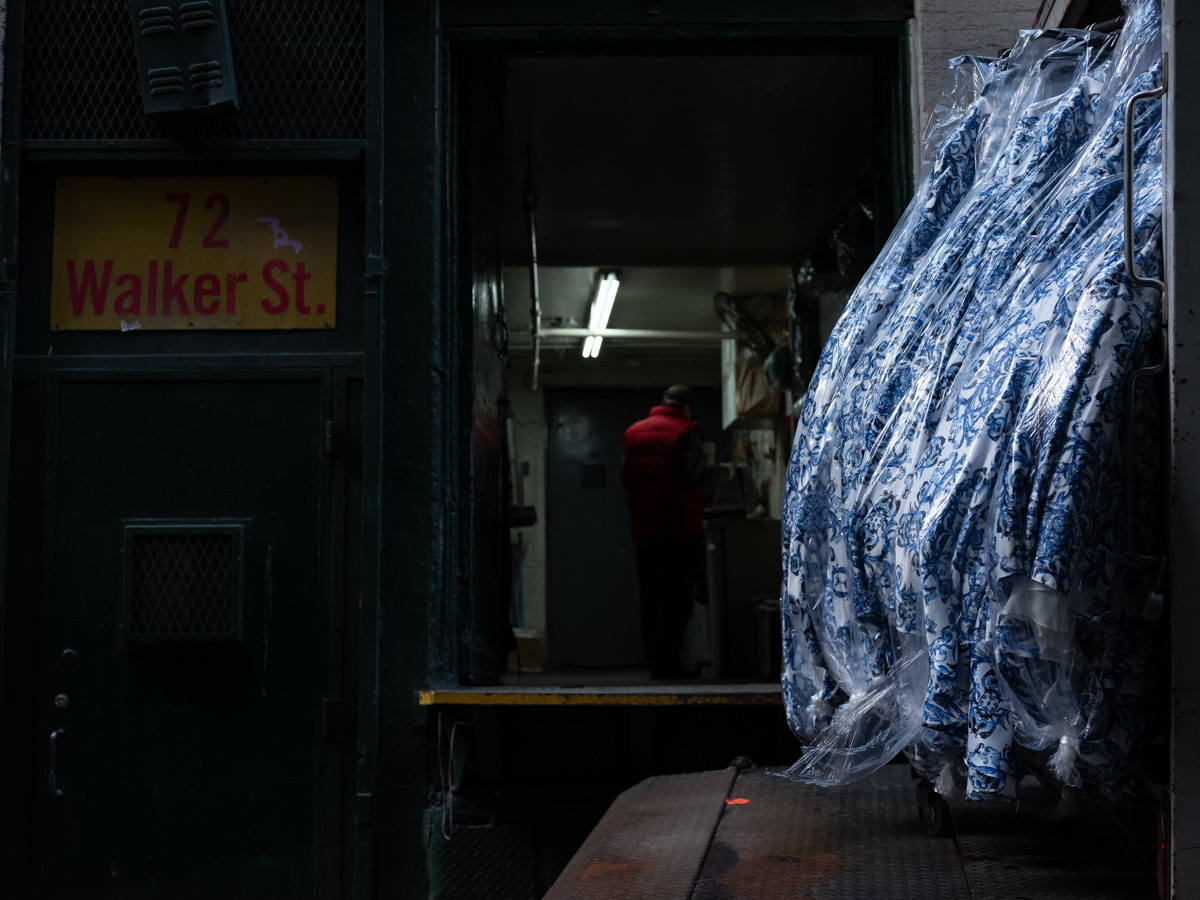
Website: http://www.jamesmaherphotography.com/
Other: I’m transitioning off of social media, but I’ve run a 12 year long newsletter which is massively fun to write about the whims and interesting things I come across as a photographer in the city. Once a month emails, not too much. You can follow it here: https://jamesmaherphotography.com/newsletter/
Image Credits
James Maher
